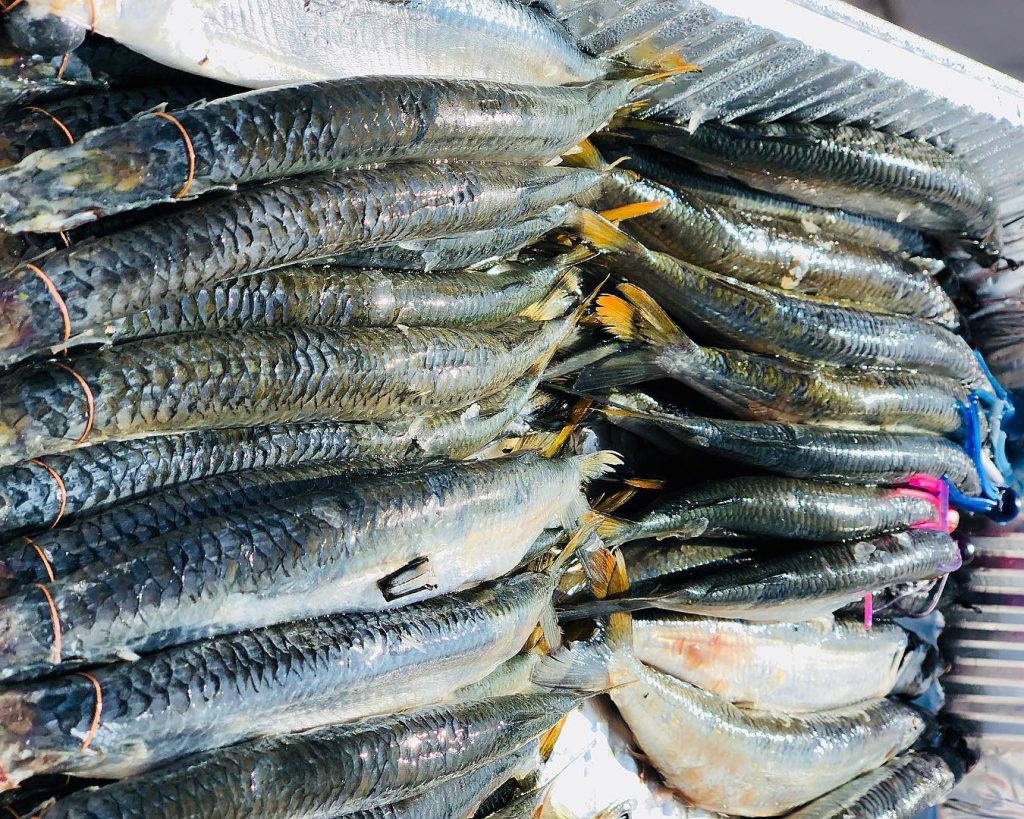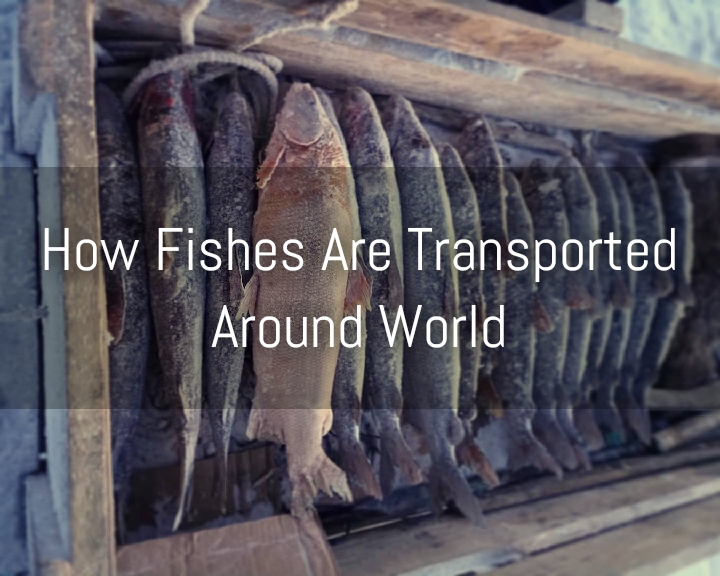How Fish Transportation Being Done all around the world have been discussed in this article in a thorough manner. We will explain the whole process as how they are transported all around the world.
Seafood is one of the most loved and consumed food item around the world. Every year tones of seafood is being transported from one continent to another. Fishes, having high nutritious value require specific desirable quality due to which proper handling and preservation is ensured to get maximum shelf life. Being a highly perishable food item, fish needs very restricted condition to get transported.
Challenges with Fish Transportation
The most challenging part of frozen seafood transportation is to maintain cold chain throughout the transit. Before fishes are loaded on ships, it is ensured that they are adequately frozen and packed. In fishing vessels, the fishes are refrigerated mechanically by circulating cold air or by packing the fish in boxes with ice. This process converts the moisture present in tissues of fish into small ice crystals making it unavailable for microbial growth. Being cost effective and reliable, this method is used widely for freezing of fishes. Temperature of -18 degree Celsius is obtained and is further retained during entire cold chain.

Fish, usually packaged in plastic film, is transported in cartons or boxes. Some species of fish require extra protection due to high fat content. They are being vacuum packaged in an oxygen-impermeable film as there is a risk of rancidity due to the high oil content. Packaging must be able to resist moisture completely and allow for a vertical flow of air through boxes to maintain the desired temperature. For other seafood’s like squid, lobsters need Ultra-low temperature refrigerated containers which are capable of transporting goods at a temperature of -60°C.
After Packaging What Next in Fish Transportation
It is essential to maintain the freezing chain during cargo handling as this is the only way to maintain the storage life and quality of the fish.
Seafood need to meet certain standards and certification before being transported to other countries. Fish processing involves very strict controls and measurements in order to ensure that all stages during processing have been carried out hygienically. One of the certifications that are primarily required is the Hazard Analysis Critical Control Points (HACCP).

After desired packaging and certification, frozen fishes are loaded in containers especially designed to transport frozen goods. 2 things are kept in mind while transporting, first is to maintain unbroken cold chain, continuous temperature monitors are used to ensure constant required temperature. Second is to do a fast delivery. Sea-frozen fish, properly handled between landing on deck and loading into the freezer, when thawed are almost indistinguishable, from fresh fish. The loss in quality as a result of freezing, cold storage and thawing is small when these treatments are properly applied. Thus, the final product can be equal to the best on the market.
Fishes Transportation- Through Ships
Especially designed refrigerated containers also called reefer are used to transport frozen food. These containers can have temperature range of -65 to 40 degree Celsius. While a reefer will have an integral refrigeration unit, they still rely on external power, from electrical power points called “reefer points” provided at a land based site, and on container ship in form of reefer sockets.
Apart from this, some refrigerated container ships are specifically designed to carry containerized unit loads where each container has its individual refrigerated unit. These containers are nearly the size of “standard” cargo containers that are loaded and unloaded at container terminals and aboard container ships.
These ships differ from general container ships in their design, power generation, and electrical distribution equipment. They need provisions made for powering each container’s cooling system. With the booming business of frozen and refrigerated food, shipping industries are now building or redesigning ships to carry refrigerated containers.
Reefer containers are designed such that it ensures optimum conditions for transportation, and for this certain factors are kept in mind

Temperature – to determine and maintain coldest temperature a product can withstand before chilling injury or freeze damage occurs.
Freeze injury – This phenomenon occurs when the cellular structure of the meat is ruptured by the expansion of water during the freezing process
Humidity – maintenance of optimum humidity plays crucial role because low and excess humidity can result in water loss from muscles of carcass which can directly affect the quality of product.
With the high advancement in ways of shipping, world can now depend on cargoes for safe transportation of perishable food.



